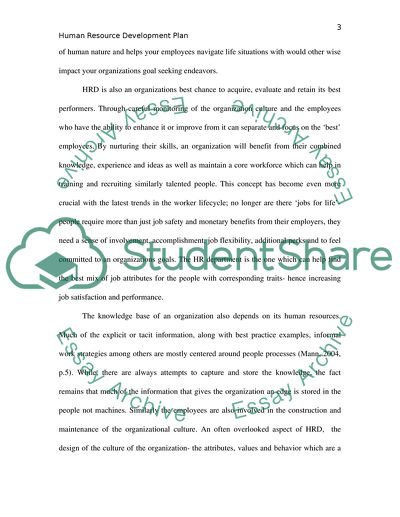Cite this document
(“Human Resource Development Plan for Glaxo SmithKline Company Case Study”, n.d.)
Human Resource Development Plan for Glaxo SmithKline Company Case Study. Retrieved from https://studentshare.org/human-resources/1772779-human-resource-development-plan
Human Resource Development Plan for Glaxo SmithKline Company Case Study. Retrieved from https://studentshare.org/human-resources/1772779-human-resource-development-plan
(Human Resource Development Plan for Glaxo SmithKline Company Case Study)
Human Resource Development Plan for Glaxo SmithKline Company Case Study. https://studentshare.org/human-resources/1772779-human-resource-development-plan.
Human Resource Development Plan for Glaxo SmithKline Company Case Study. https://studentshare.org/human-resources/1772779-human-resource-development-plan.
“Human Resource Development Plan for Glaxo SmithKline Company Case Study”, n.d. https://studentshare.org/human-resources/1772779-human-resource-development-plan.


